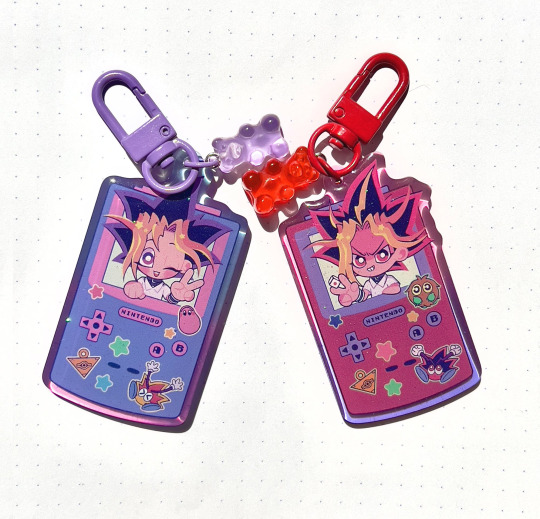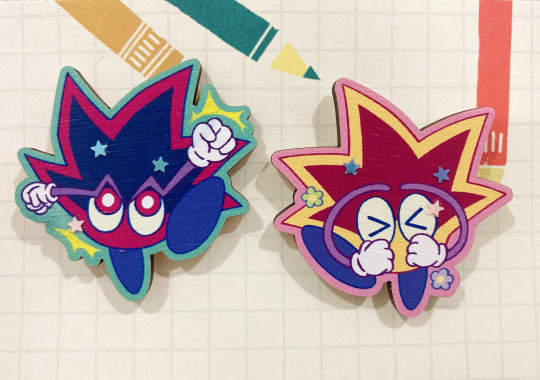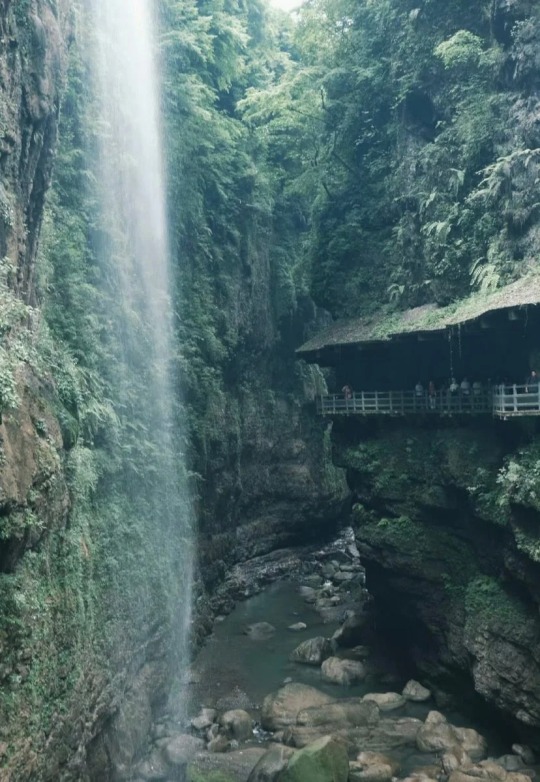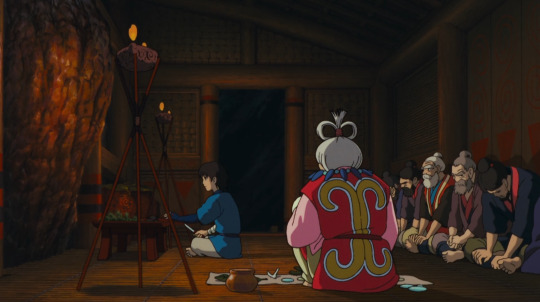Aliana's Inspiration Tumblr. Posts inspire on queue & Dream via tag. *Feed my fish, I dare you.*
Don't wanna be here? Send us removal request.
Text



[You are what you eat]
& [Pandemonium]
(+ bonus sticker sheet)
From my Night Class series
643 notes
·
View notes
Text

























Artworks of "I Am What I Am" chinese animated film by Haipeng Sun (2021), now available for free/legally on Youtube (w/ english subs). Main character designer : Simba Tian Main background designers : Zim, Didi
622 notes
·
View notes
Text










scenery in suzhou and hangzhou of china by 陈帆fotochen
3K notes
·
View notes
Text




Hi hello!! My shop is open!! I hope you'll find something you like <333
576 notes
·
View notes
Text












99 Li Hot Spring Waterfall in Luojishan螺髻山, Puge County普格县, Liangshan Prefecture, Sichuan Province in China
802 notes
·
View notes
Text


I went to Finnish forest and met this guy, 14km away from the road.
2K notes
·
View notes
Note
trick or treat preddy pease

(Yami no Moribito, Volume II)
36 notes
·
View notes
Photo

9 notes
·
View notes
Text












chinese courtyard by 小雅采薇
5K notes
·
View notes
Text








pomegranate tree in 怡园yiyuan, suzhou, jiangsu province of china by Rtkiycs
13K notes
·
View notes
Photo


‘截//節 : To Cut Loose ‘ (edit 07.09 animated)
截 (jie) is ‘to cut’ but 節 (festival) uses the same pronunciation. Hence, to cut loose and to cut ties at the same time. I’ll let it be wondered what is being cut loose and who is doing the cutting here…
(click here fullview without the cutinbetween)
1 2 3
97 notes
·
View notes
Photo









pingbaying坪坝营, enshi恩施, hubei province in china
16K notes
·
View notes
Text
Representation - Why It Matters


“They look like Ainu people,” my grandma had commented as I showed her Princess Mononoke. I had never heard of the Ainu people before. I asked her who the Ainu are, and she said, “they’re like Japanese Indians,” meaning Native Americans. “Mountain people.”
After we finished the movie I immediately went to Google to look up the Ainu. My grandma was right, on some level. The pictures I saw of their garments, their houses, their salmon culture, their faces… it all reminded me so much of the tribal culture I grew up around in Seattle and the Pacific Northwest.
I told my mom what my grandma had said about the Ainu, and my mom said, “oh yeah. Grandma is Ainu.” Whaaaaaaaat? Apparently at one point my grandma had gone back to Hokkaido to visit family, and she brought back all of these unusual souvenirs. Wood carved bears and wood carved bearded people, a mirror with a wood carved woman’s face, and other little things that had always been a part of our household. The little knickknacks that are never questioned, but are some how just kind of always there. I didn’t know that they had come from Japan, and I certainly didn’t know they were Ainu souvenirs.
Of course, my mom didn’t have the internet at her disposal in the 70s, and at the time misunderstood what it meant to be Ainu. She assumed that Ainu was a general term for people from Hokkaido, as opposed to a specific ethnic group. My grandma denied being Ainu, having grown up Wajin, but my grandpa seemed to suspect otherwise. “Sayuri, I don’t know why you deny your heratige. Of course you’re Ainu, look at your big mountain feet!” my grandpa would tease.
The more I read about the Ainu and their history, and the more I looked into my own family history, the more questions that had always nagged at my family seemed to be answered. The question of why we were always so different.
This whole journey started with a movie. Prince Ashitaka is Emishi, and there’s a lot of complicated history about the relation between Ainu and Emishi, but the point is would I have ever learned learned anything about my family background if this culture had never shown up on screen?
People who see themselves and their culture represented all the time take for granted what that can mean. For some people, it’s literally life changing.
20K notes
·
View notes





